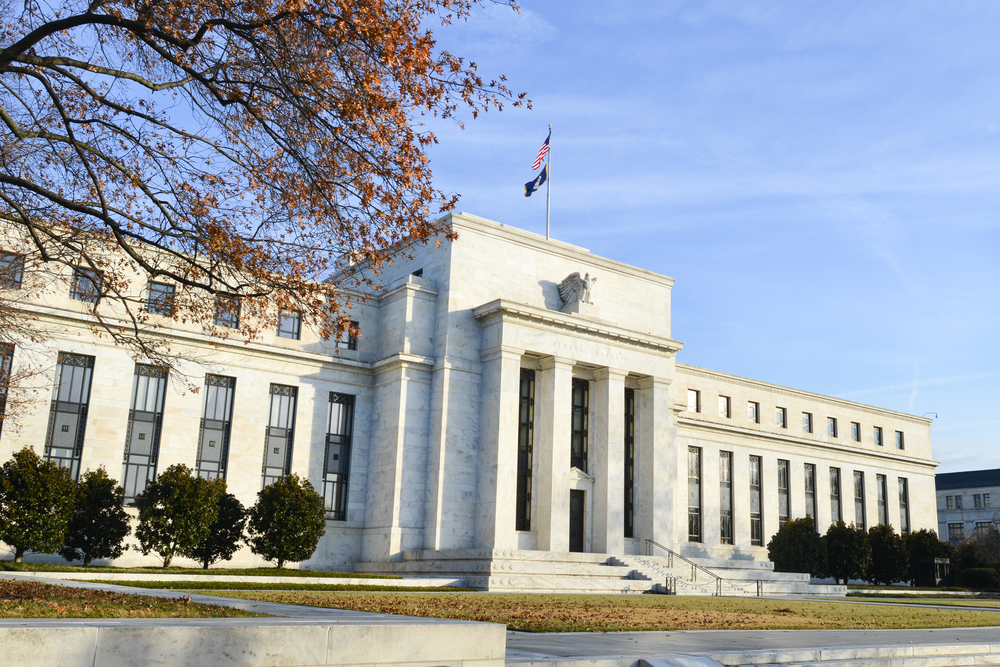In response to the continued global outbreak of COVID-19 and to support the economy during this trying time, the Federal Reserve has made a historic decision to slash interest rates to zero.
The Federal Reserve is an independent government body that controls the country’s monetary policy. It ensures that there is a specific amount of dollars available for private banks. The Federal Reserve sets interest rates that other banks pay in order to access additional capital. That rate then trickles down to interest rates offered by private banks and other financial institutions.
So what does this really mean?
By cutting rates to zero, the Fed is allowing money to flow more freely. The hope is that by lowering interest rates for banks–essentially lowering the cost of borrowing to nothing–the economy will be given a boost.
Specially, this rate cut will help small business owners cover costs that are a result of COVID-19 during this unpredictable time. For example, many small businesses will see consumer traffic slow in the coming weeks and some might even have supply chain disruptions that prevent sales from occurring. These cuts will help provide these cheap loans to cover unexpected expenses.
Additionally, zero-interest rates will increase consumer demand by reducing the cost of credit. Credit card holders will see the impact of these reductions on statements in the months ahead. According to Matt Schulz, chief industry analyst at CompareCards, someone with $6,000 in credit card debt will end up saving nearly $200 in interest just from the Fed’s decision to cut rates.
This was a smart decision made by the Fed that will help the economic success and stability of many small businesses and consumers during this black swan event.



